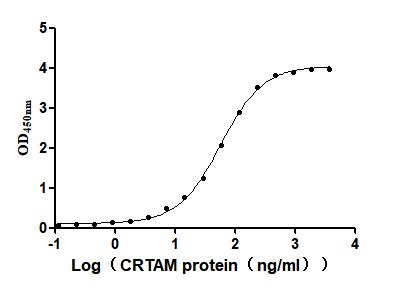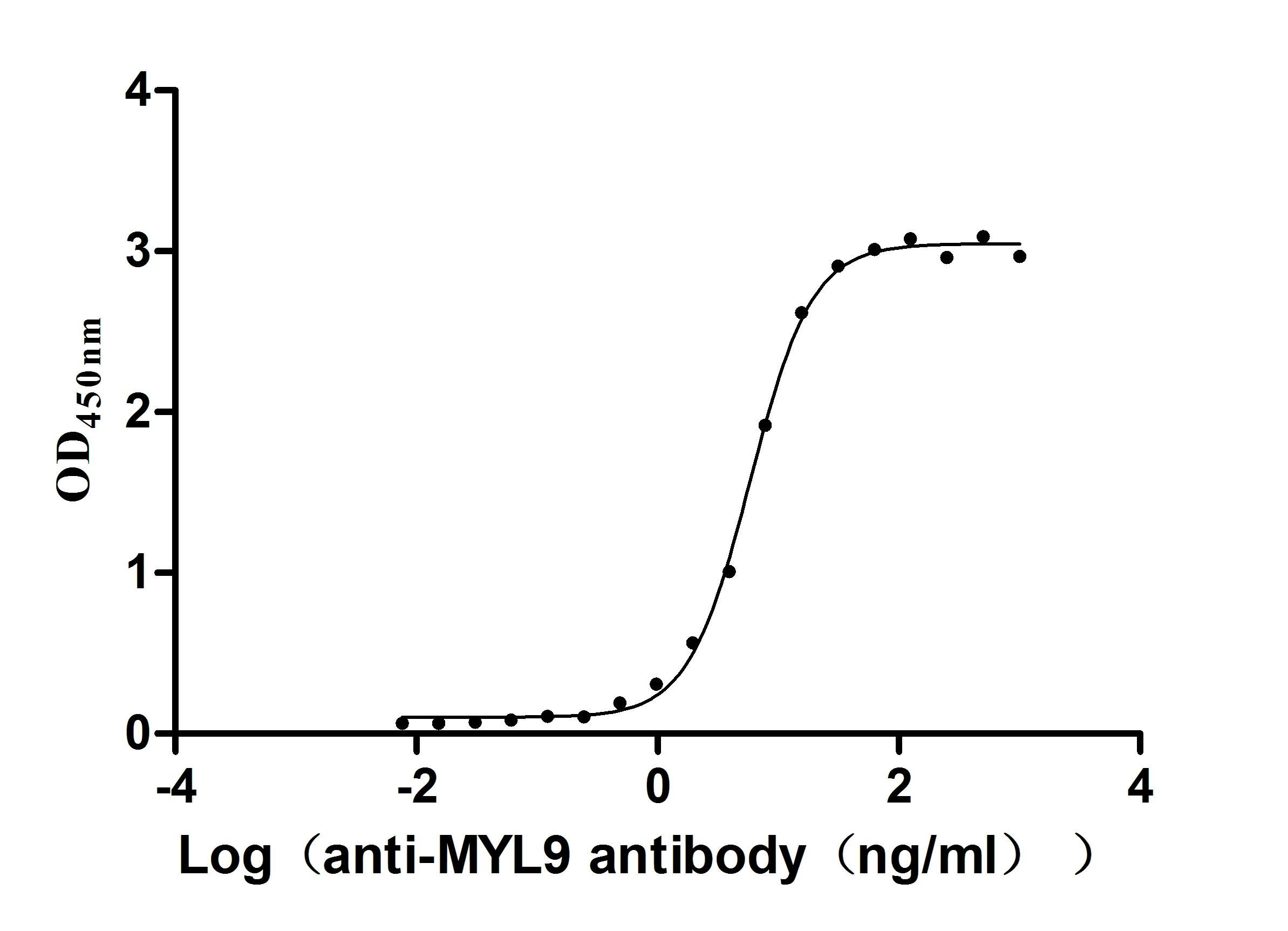Recombinant Rat Complement C3 (C3), partial
-
中文名稱:Recombinant Rat Complement C3(C3) ,partial
-
貨號:CSB-EP360475RA
-
規(guī)格:
-
來源:E.coli
-
其他:
-
中文名稱:Recombinant Rat Complement C3(C3) ,partial
-
貨號:CSB-EP360475RA-B
-
規(guī)格:
-
來源:E.coli
-
共軛:Avi-tag Biotinylated
E. coli biotin ligase (BirA) is highly specific in covalently attaching biotin to the 15 amino acid AviTag peptide. This recombinant protein was biotinylated in vivo by AviTag-BirA technology, which method is BriA catalyzes amide linkage between the biotin and the specific lysine of the AviTag.
-
其他:
-
中文名稱:Recombinant Rat Complement C3(C3) ,partial
-
貨號:CSB-BP360475RA
-
規(guī)格:
-
來源:Baculovirus
-
其他:
-
中文名稱:Recombinant Rat Complement C3(C3) ,partial
-
貨號:CSB-MP360475RA
-
規(guī)格:
-
來源:Mammalian cell
-
其他:
產(chǎn)品詳情
-
純度:Greater than 85% as determined by SDS-PAGE.
-
基因名:Name:C3
-
Uniprot No.:
-
別名:C3Complement C3 [Cleaved into: Complement C3 beta chain; C3-beta-c; C3bc; Neutrophil chemotactic factor-2; ENCF-2); Complement C3 alpha chain; C3a anaphylatoxin; Neutrophil chemotactic factor-1; ENCF-1); Acylation stimulating protein; ASP; C3adesArg); Complement C3b alpha' chain; Complement C3c alpha' chain fragment 1; Complement C3dg fragment; Complement C3g fragment; Complement C3d fragment; Complement C3f fragment; Complement C3c alpha' chain fragment 2]
-
種屬:Rattus norvegicus (Rat)
-
蛋白長度:Partial
-
蛋白標(biāo)簽:Tag?type?will?be?determined?during?the?manufacturing?process.
The tag type will be determined during production process. If you have specified tag type, please tell us and we will develop the specified tag preferentially. -
產(chǎn)品提供形式:Lyophilized powder
Note: We will preferentially ship the format that we have in stock, however, if you have any special requirement for the format, please remark your requirement when placing the order, we will prepare according to your demand. -
復(fù)溶:We recommend that this vial be briefly centrifuged prior to opening to bring the contents to the bottom. Please reconstitute protein in deionized sterile water to a concentration of 0.1-1.0 mg/mL.We recommend to add 5-50% of glycerol (final concentration) and aliquot for long-term storage at -20℃/-80℃. Our default final concentration of glycerol is 50%. Customers could use it as reference.
-
儲存條件:Store at -20°C/-80°C upon receipt, aliquoting is necessary for mutiple use. Avoid repeated freeze-thaw cycles.
-
保質(zhì)期:The shelf life is related to many factors, storage state, buffer ingredients, storage temperature and the stability of the protein itself.
Generally, the shelf life of liquid form is 6 months at -20°C/-80°C. The shelf life of lyophilized form is 12 months at -20°C/-80°C. -
貨期:Delivery time may differ from different purchasing way or location, please kindly consult your local distributors for specific delivery time.Note: All of our proteins are default shipped with normal blue ice packs, if you request to ship with dry ice, please communicate with us in advance and extra fees will be charged.
-
注意事項(xiàng):Repeated freezing and thawing is not recommended. Store working aliquots at 4°C for up to one week.
-
Datasheet :Please contact us to get it.
相關(guān)產(chǎn)品
靶點(diǎn)詳情
-
功能:C3 plays a central role in the activation of the complement system. Its processing by C3 convertase is the central reaction in both classical and alternative complement pathways. After activation C3b can bind covalently, via its reactive thioester, to cell surface carbohydrates or immune aggregates.; Derived from proteolytic degradation of complement C3, C3a anaphylatoxin is a mediator of local inflammatory process. It induces the contraction of smooth muscle, increases vascular permeability and causes histamine release from mast cells and basophilic leukocytes. In chronic inflammation, acts as a chemoattractant for neutrophils.; Acts as a chemoattractant for neutrophils in chronic inflammation.; adipogenic hormone that stimulates triglyceride (TG) synthesis and glucose transport in adipocytes, regulating fat storage and playing a role in postprandial TG clearance. Appears to stimulate TG synthesis via activation of the PLC, MAPK and AKT signaling pathways. Ligand for C5AR2. Promotes the phosphorylation, ARRB2-mediated internalization and recycling of C5AR2.
-
基因功能參考文獻(xiàn):
- These data suggest that locally produced C3 is an important prosurvival mechanism in pancreatic beta-cells under a proinflammatory assault. PMID: 28582497
- Inhibition of C3 might improve the reactivity of superior mesenteric arteries to norepinephrine during hemorrhagic shock possibly through the downregulation of NO, ET1, TNF-alpha and reactive oxygen radicals. PMID: 26687560
- Recruited microglia/monocytes contribute to activation of complement in the aging retina, through local expression of C3 mRNA. PMID: 24705166
- The C3 and C3a receptor system may primarily be involved in the pathogenesis of renal remodeling in hypertensive rats. PMID: 23713944
- The expression of the complement component C3f and the complement component 4A have potential for use in post-transplant diagnosis of rejection. PMID: 23613499
- Abnormal activation of complement C3 in the spinal dorsal horn is closely associated with progression of neuropathic pain. PMID: 23588254
- The retinal irradiation with 670-nm light substantially reduces the propagation of complement3 in the retina following light-induced degeneration. PMID: 23181358
- Early response to blast injury involves activation of complement and TNFalpha, correlating with hippocampus and cerebral cortex immune-inflammatory damage. PMID: 22537900
- Carboxypeptidase B2 and complement C3 were more abundant in the cerebrospinal fluid of experimental autoimmune encephalomyelitis rats that did not respond to minocyline treatment. PMID: 22768796
- Increase of C3 expression occurs in light damaged retina leading to retinal degeneration. PMID: 22183312
- C3 and C4 may be involved in the immunopathology of allergic rhinitis. PMID: 17345707
- Perivascular adipose tissue-derived C3 stimulated adventitial fibroblast migration and differentiation via the c-Jun N-terminal kinase pathway and may contribute to adventitial remodeling in a deoxycorticosterone acetate-salt hypertensive model. PMID: 20864665
- downregulation in microglia while differentiating into ramified cells PMID: 12137932
- complement C3 expression is regulated by the bile acid receptor FXR PMID: 15590640
- Increased STAT-1, IRF-1 and complement component C3 in several models of liver transplant tolerance suggests that the STAT-1/IRF-1 apoptotic pathway and C3 may be involved in the tolerogenic mechanism. PMID: 16555329
- Complement C1 Inactivator Proteins, in addition to inhibition of the systemic complement activation, prevents myocardial cell injury via a direct inhibitory role in the local myocardial C3 activity PMID: 16996480
- C3a and C5a mediate distinct effects on blood pressure and circulating polymorphonuclear leukocytes in the rat. PMID: 19285573
- role for C3 in influencing the level of expression of CR3 by modulating the transcript levels encoding the CD11b alpha integrin protein PMID: 19710459
顯示更多
收起更多
-
亞細(xì)胞定位:Secreted.
-
數(shù)據(jù)庫鏈接:
Most popular with customers
-
Recombinant Human Retinol-binding protein 4 (RBP4) (Active)
Express system: Mammalian cell
Species: Homo sapiens (Human)
-
Recombinant Human Glypican-3 (GPC3) (G537R), partial (Active)
Express system: Mammalian cell
Species: Homo sapiens (Human)
-
Recombinant Human Leukemia inhibitory factor (LIF) (Active)
Express system: Mammalian cell
Species: Homo sapiens (Human)
-
Recombinant Human Glucagon receptor (GCGR), partial (Active)
Express system: Mammalian cell
Species: Homo sapiens (Human)
-
Recombinant Human T-cell surface protein tactile (CD96), partial (Active)
Express system: Mammalian cell
Species: Homo sapiens (Human)
-
Recombinant Mouse Cytotoxic and regulatory T-cell molecule (Crtam), partial (Active)
Express system: Mammalian cell
Species: Mus musculus (Mouse)
-
Recombinant Human Myosin regulatory light chain 12A (MYL12A) (Active)
Express system: E.coli
Species: Homo sapiens (Human)
-
Recombinant Human CD70 antigen (CD70), partial (Active)
Express system: Mammalian cell
Species: Homo sapiens (Human)


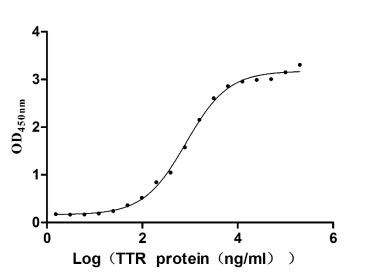
-AC1.jpg)
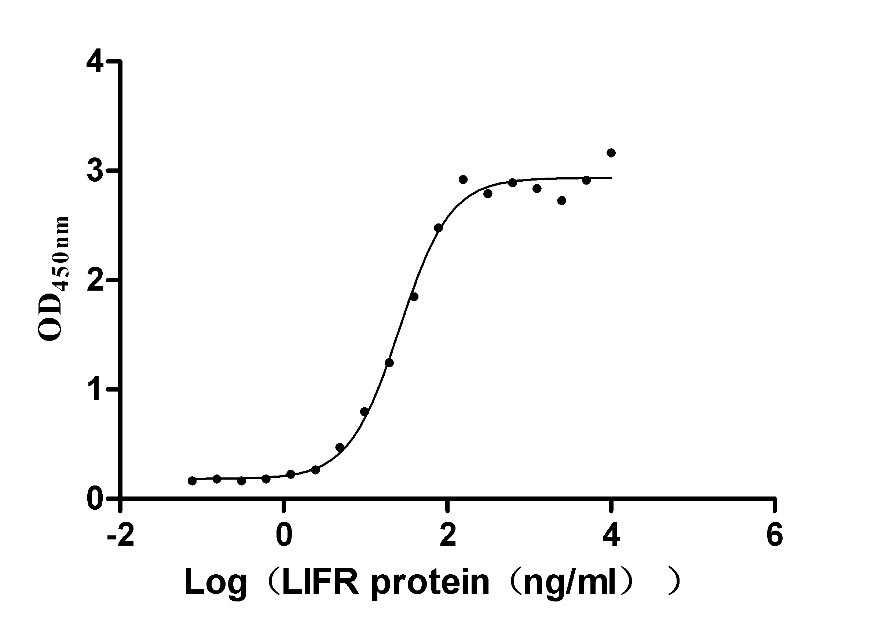
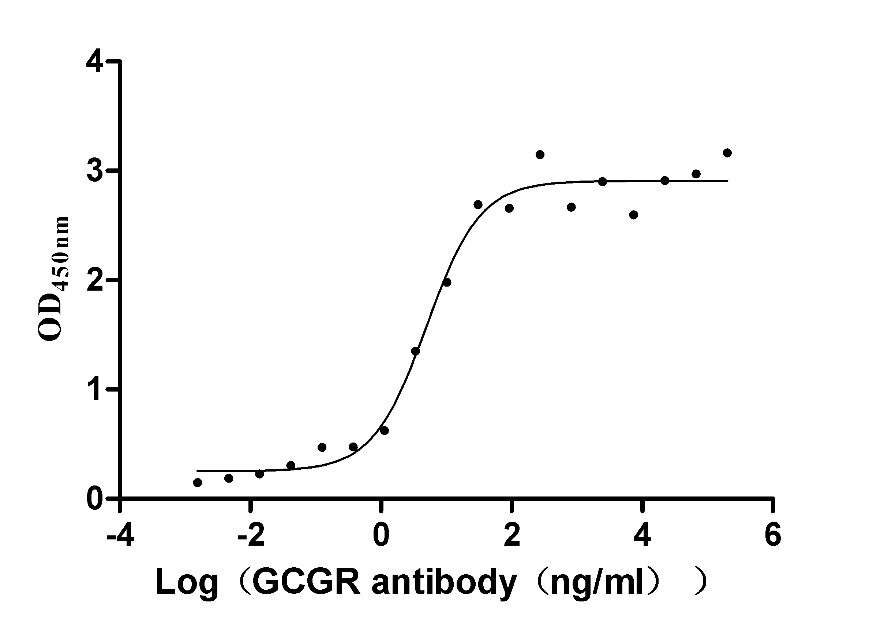
-AC1.jpg)
